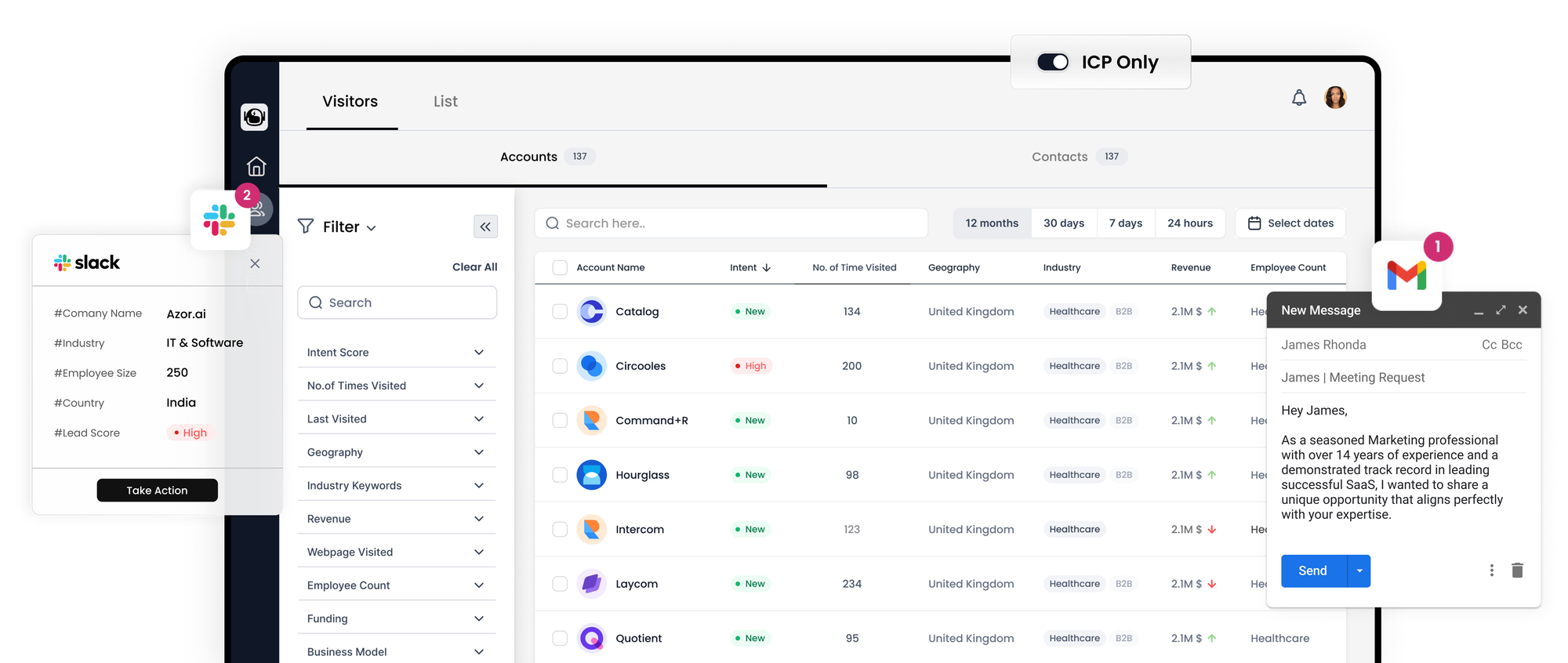Account-Based Marketing (ABM) Explained

Imagine tailoring your marketing tactics to engage each of your high-value clients as if they were unique markets in their own right. This personalized strategy is at the heart of Account-Based Marketing (ABM), a method where individual client accounts are marketed to directly and on a personalized level. Primarily utilized by sales teams within larger enterprises, ABM is a formidable approach for those looking to increase account relevance, engage with stakeholders more meaningfully, and maximize the impact of their marketing resources.

The Essence of Account-Based Marketing
ABM operates on the premise that each key account is a market in its own right, deserving a dedicated marketing strategy that aligns closely with the account's unique needs, pain points, and potential for growth. ABM orchestrates all marketing elements, whether industry-focused, product-centric, or channel-oriented, to center on these individual accounts.
Significance for Businesses
In today's marketplace where products and services are often seen as interchangeable commodities, ABM helps businesses stand out. By moving beyond generic marketing tactics and focusing on customized solutions, businesses can differentiate themselves, even when price seems to be the only differentiator.
The Contrast with Traditional Business Marketing
While traditional marketing casts a wide net to attract new clients, ABM hones in on the existing customer base to deepen and expand those relationships. It's particularly effective for complex sales cycles and when seeking to increase the lifetime value of a customer. ABM's targeted nature can support initial sales efforts, exemplified by Northrop Grumman's successful ABM strategy that contributed to securing a $2 billion deal.
The Alignment of Sales and Marketing
ABM fosters a synergy between sales and marketing teams. By aligning marketing strategies with specific sales objectives and utilizing sales feedback to uncover new market opportunities, ABM ensures that both teams are working towards a common goal. Marketing's role is amplified in ABM as it provides detailed intelligence on key accounts, aligning with sales' objectives and ensuring marketing efforts are account-centric rather than lead-centric.
Choosing Key Accounts
Selecting the right accounts for ABM requires a discerning eye. Not all accounts qualify for such focused attention. An ideal ABM account should show a history of profitability and a willingness for long-term engagement. Additionally, the selection process should consider shared values and the uniqueness of the service provided to these key accounts. Warning signs such as loss of business or internal reorganizations within the client's company can signal the need for a revised ABM approach.
The Impact of ABM on the IT Industry
The IT sector, along with services and consulting, currently reaps the most benefits from ABM due to the complex nature of their products, lengthy sales cycles, and sizeable customer accounts. However, ABM's influence is expanding across industries as companies recognize the value of investing in high-profit accounts and enhancing their Return on Time (ROT).
In essence, ABM is not just about marketing and sales; it's about fostering a mutually beneficial partnership where each account is recognized for its unique contribution to the business's success. By implementing ABM, companies can build stronger, more profitable relationships that stand the test of time and market fluctuations.
